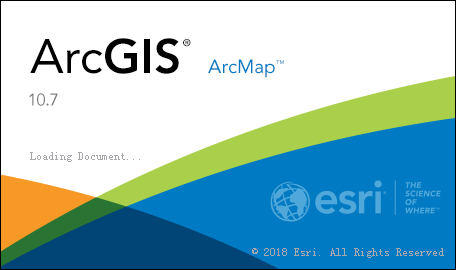Concept of Location in Geography
A particular place or position.
"the property is set in a convenient location"
In geography, location or place are used to denote a region (point, line, or area) on Earth’s surface or elsewhere. The term location generally implies a higher degree of certainty than place, the latter often indicating an entity with an ambiguous boundary, relying mor on human or social attributes of place identity and sense of place than on geometry.
A place's absolute location is its exact place on Earth, often given in terms of latitude and longitude.
For example, the Empire State Building is located at 40.7 degrees north (latitude), 74 degrees west (longitude). It sits at the intersection of 33rd Street and Fifth Avenue in New York City, New York. That is the building’s absolute location.
Location can sometimes be expressed in relative terms. Relative location is a description of how a place is related to other places. For example, the Empire State Building is 365 kilometers (227 miles) north of the White House in Washington, D.C. It is also about 15 blocks from New York's Central Park. These are just two of the building's relative locations.
Relative location can help analyze how two places are connected, whether by distance, culture, or even technology. The city of Kiev, Ukraine, for example, is about 2,298 kilometers (1,428 miles) east of London, England. The U.S. cities of Key West, Florida, and Anchorage, Alaska, are even further apart—6,436 kilometers (3,999 miles). However, Floridians and Alaskans share the same language, national government, and geographic features. (They both have long ocean coasts subject to heavy storms, for instance.). Culturally, Ukraine and England are much further apart than Florida and Alaska: They speak different languages, have different government systems, and different geographic features. (Ukraine is landlocked, for instance, while England is part of the island nation of the United Kingdom.)
Directions like north, south, east, and west help describe where one place is in relation to another. The "Wild West" is a cultural location that vaguely refers to parts of the United States west of the Mississippi River. The Wild West, however, rarely includes the states of Alaska and Hawaii, the westernmost states in the nation.
Coordinates of longitude and latitude help pinpoint the absolute location of a person, place, or thing. Knowing a location is 0 degrees west (longitude) and 51 degrees north (latitude) tells you it’s probably near Greenwich, England, for instance. Knowing the location is 0 degrees west and 51 degrees, 28 minutes, and 40 seconds north tells you the location is the Royal Observatory, a building in Greenwich. At the Royal Observatory, directions like left, right, upstairs, and downstairs give visitors even more precise locations.
Even absolute location is a form of relative location! Coordinates simply give a place's position relative to the Equator (latitude) and prime meridian (longitude).
Types
Locality
A locality, settlement, or populated place is likely to have a well-defined name but a boundary that is not well defined varies by context. London, for instance, has a legal boundary, but this is unlikely to completely match with general usage. An area within a town, such as Covent Garden in London, also almost always has some ambiguity as to its extent. In geography, location is considered to be more precise than "place".
Relative location
A relative location, or situation, is described as a displacement from another site. An example is "3 miles northwest of Seattle".
Absolute location
An absolute location is designated using a specific pairing of latitude and longitude in a Cartesian coordinate grid — for example, a Spherical coordinate system or an ellipsoid-based system such as the World Geodetic System — or similar methods. For instance, the position of Lake Maracaibo in Venezuela can be expressed using the coordinate system as the location 9.80°N (latitude), 71.56°W (longitude). It is, however, just one way. There are several alternative ways.[clarification needed]
Absolute locations are also relative locations, since even absolute locations are expressed relative to something else. For example, longitude is the number of degrees east or west of the Prime Meridian, a line arbitrarily chosen to pass through Greenwich, England. Similarly, latitude is the number of degrees north or south of the Equator. Because latitude and longitude are expressed relative to these lines, a position expressed in latitude and longitude is also a relative location.





Comments
Post a Comment